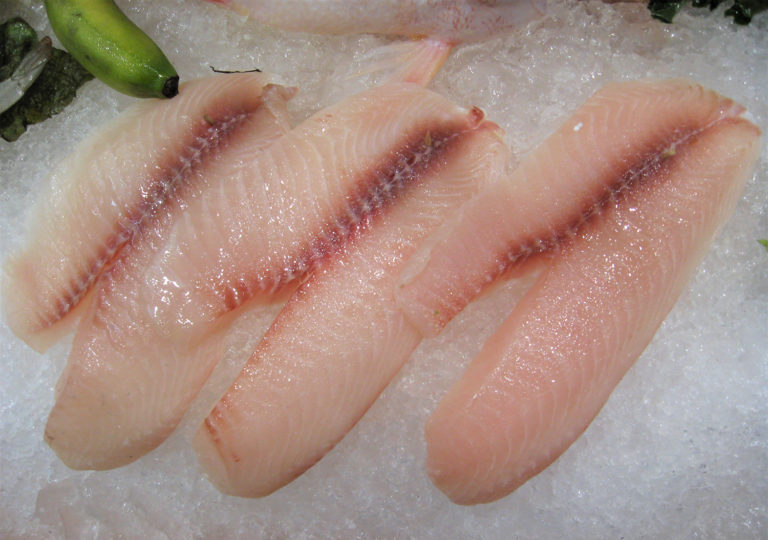
Intelligence
Trace minerals in tilapia fillets, part 1
Part 1 of this study highlighted the importance of minerals in the diet of fish for meeting micronutrient requirements in the human diet.
Intelligence
In part 2 of this study, a seven-week fish feeding trial was conducted to study the influence of organic versus inorganic dietary selenium on Nile tilapia.

Intelligence
Part 1 of this study highlighted the importance of minerals in the diet of fish for meeting micronutrient requirements in the human diet.

Aquafeeds
A commercial corn ethanol production byproduct (syrup) was used as a bacterial growth medium with the long-term aim to repurpose the resulting microbial biomass as a protein supplement in aquaculture feeds.
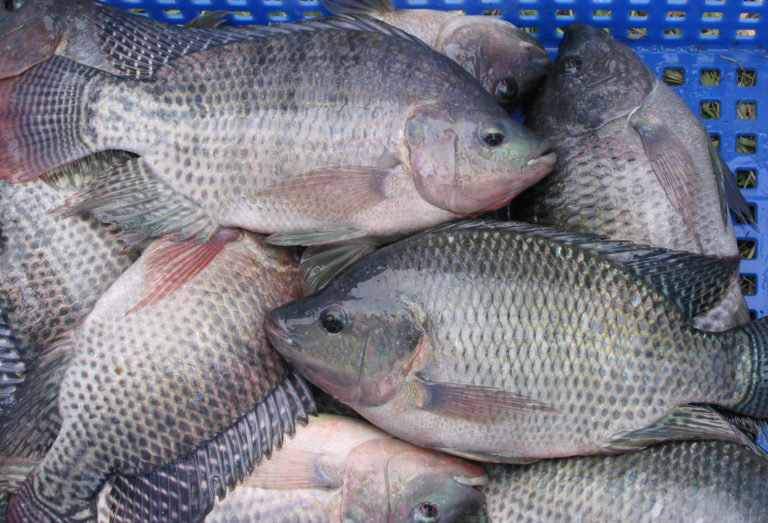
Aquafeeds
Este estudio evaluó el efecto de las dietas suplementadas con aceite de pescado y harina de algas para el enriquecimiento de LC-PUFA en tilapia juvenil del Nilo. Las dietas experimentales son prometedoras como una opción viable para enriquecer el contenido de omega-3 en los filetes de tilapia.

Aquafeeds
This study evaluated the effect of diets supplemented with fish oil and algae meal for LC-PUFA enrichment on juvenile Nile tilapia. The experimental diets have promise as a feasible option for enriching omega-3 content in tilapia fillets.
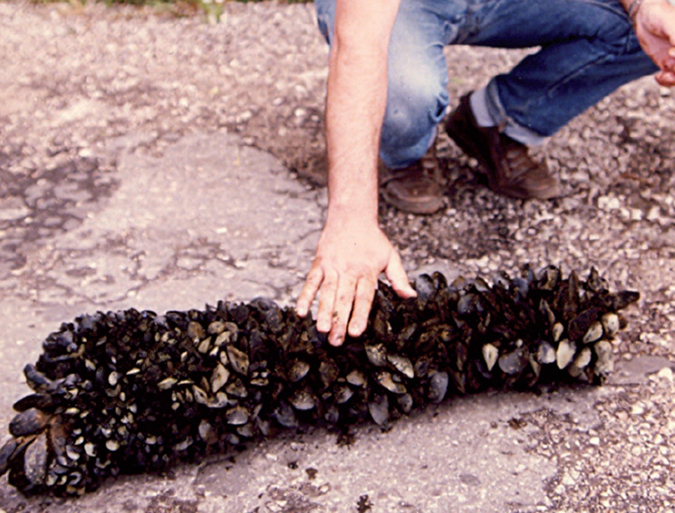
Intelligence
Epidemiological studies have estimated that noroviruses are responsible for 60 percent to 80 percent of all foodborne outbreaks of gastroenteritis worldwide. Consumption of shellfish is one of three main transmission routes of norovirus infection.
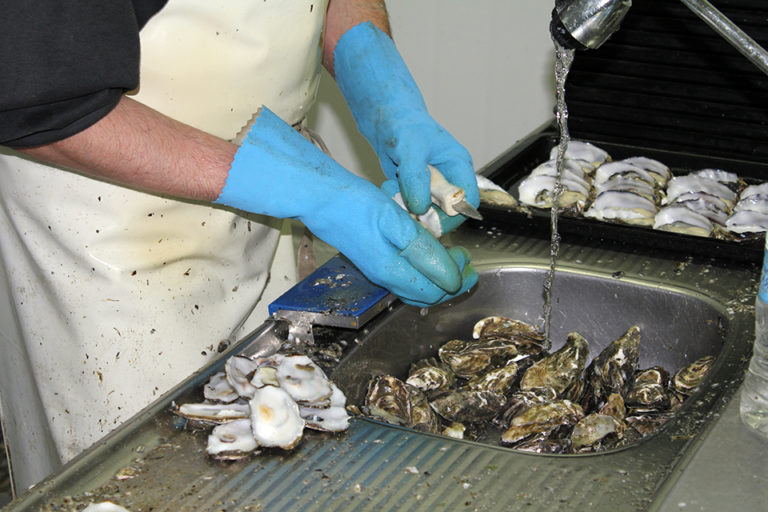
Intelligence
Since bivalve shellfish filter large volumes of water to feed, they can accumulate and concentrate bacteria and viruses from various pollution sources. Among enteric viruses, noroviruses are the leading cause of gastroenteritis in humans who consume affected shellfish. Current wastewater treatments fail to enZsure the complete removal of viral pathogens that can be discharged into fresh, marine and estuarine waters and therefore contaminate shellfish-growing waters. The detection of noroviruses in food relies on molecular techniques.
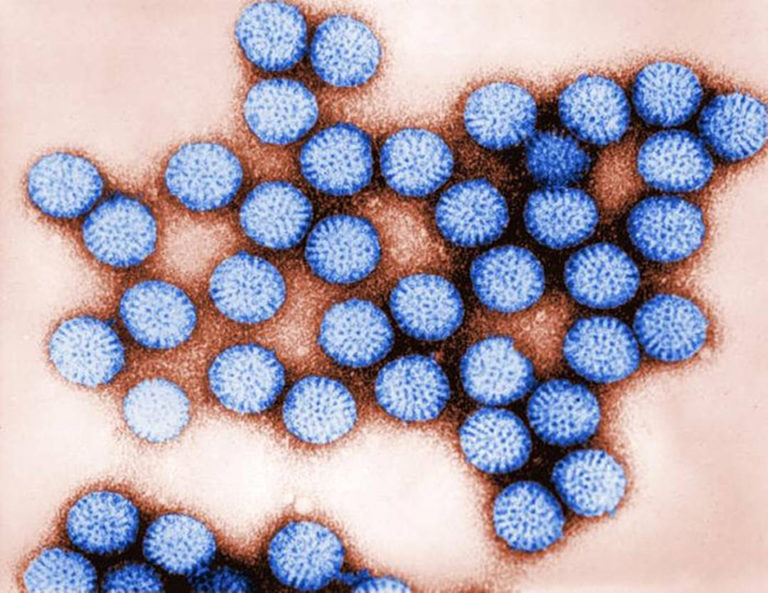
Intelligence
Commercially harvested shellfish have been reported to cause gastro-enteritis when humans consume virus-contaminated products. Rotaviruses are one of the main types of viruses able to survive and persist in the aquatic environment.
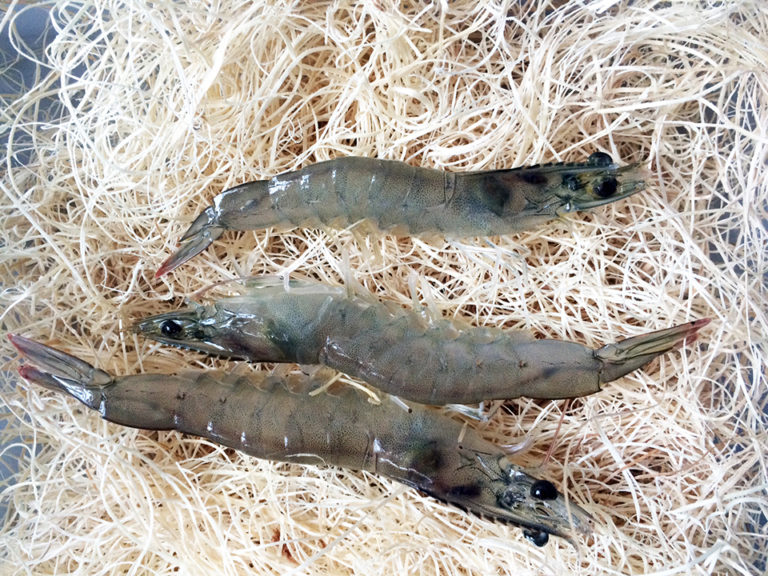
Intelligence
Live markets represent a promising niche in regions where locally raised seafood cannot compete with inexpensive imports. Study results suggested regional shrimp producers could effectively reach premium markets by shipping using waterless methods.
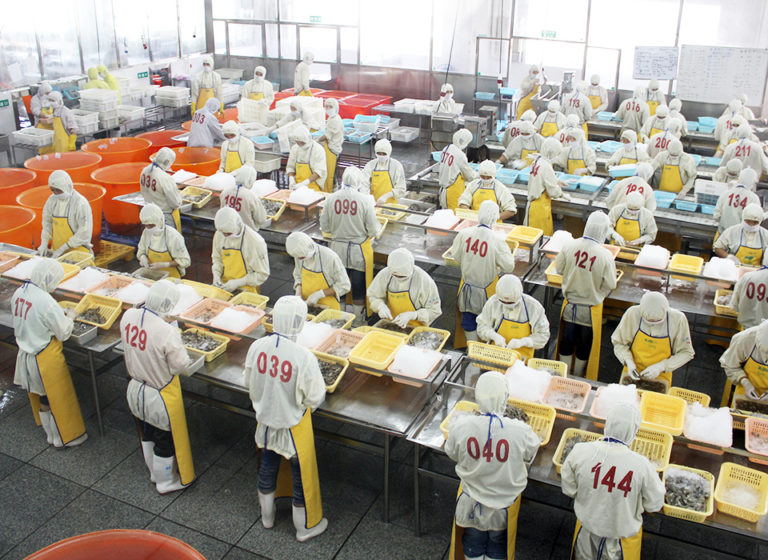
Health & Welfare
The development of antimicrobial resistance genes in human pathogens as a consequence of exposure to antibiotics in aquaculture is widely documented. Reports implicate foodborne antibacterial-resistant pathogenic bacteria in human disease.
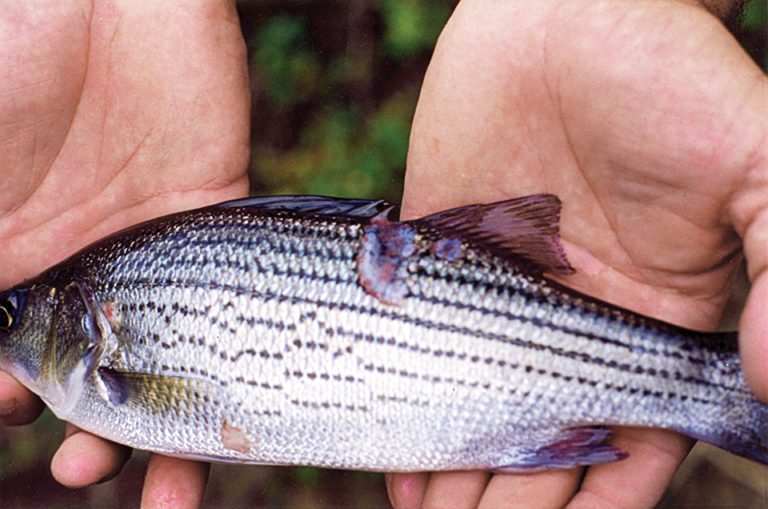
Health & Welfare
No antimicrobial agent has been developed specifically for aquaculture applications. However, some antibiotic products used to treat humans or land-based animals have been approved for use at aquaculture facilities.

Health & Welfare
Cathepsin D alone and in combination with other cathepsins presents the greatest proteolytic activity on some fish muscles.

Health & Welfare
Cathepsins B, D and L are considered critical in fish muscle post-mortem modifications or gel softening during the setting of surimi.
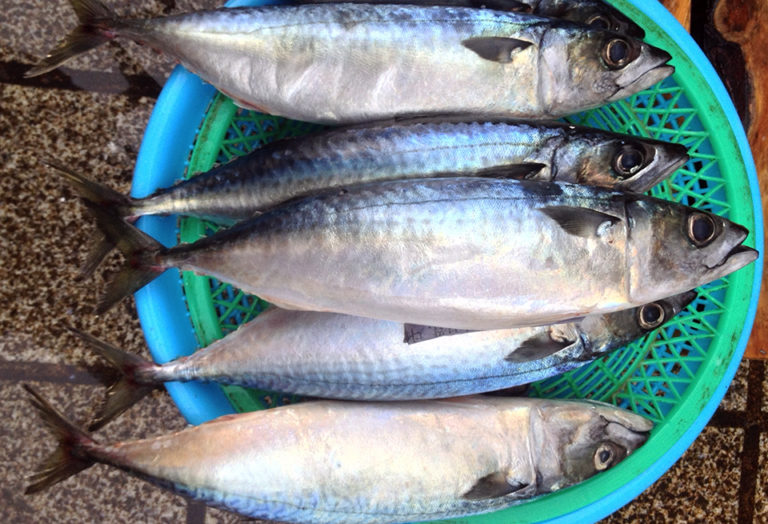
Health & Welfare
Iron compounds in fish contribute significantly to lipid oxidation in addition to oxidation mediated by enzymatic activity. The main iron-containing compounds are myoglobin and hemoglobin.

Health & Welfare
Slaughter methods can impact product quality. It is recommended that fish be fasted prior to slaughter to clean their digestive tracts. Instant killing minimizes the degradation of tissue quality. Immediate bleeding is more important than the bleeding method.
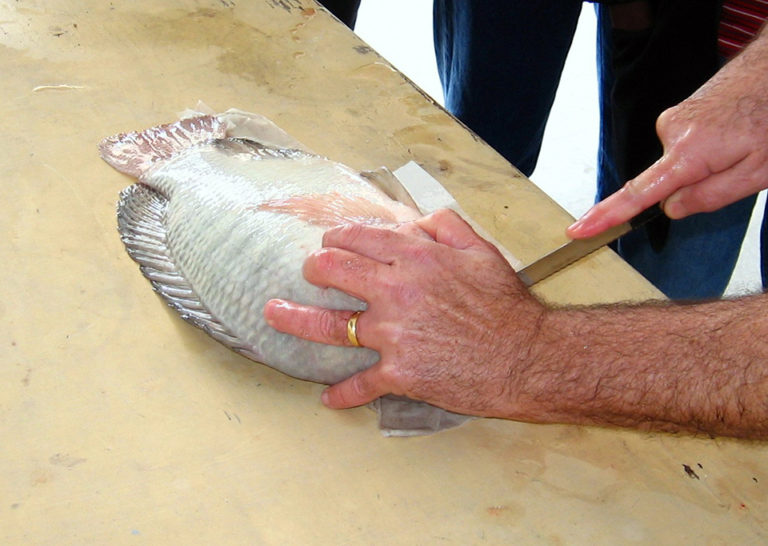
Health & Welfare
All methods of slaughter have issues related to animal welfare. However, approaches such as death in air or bleeding without stunning have been particularly cited as unacceptable.